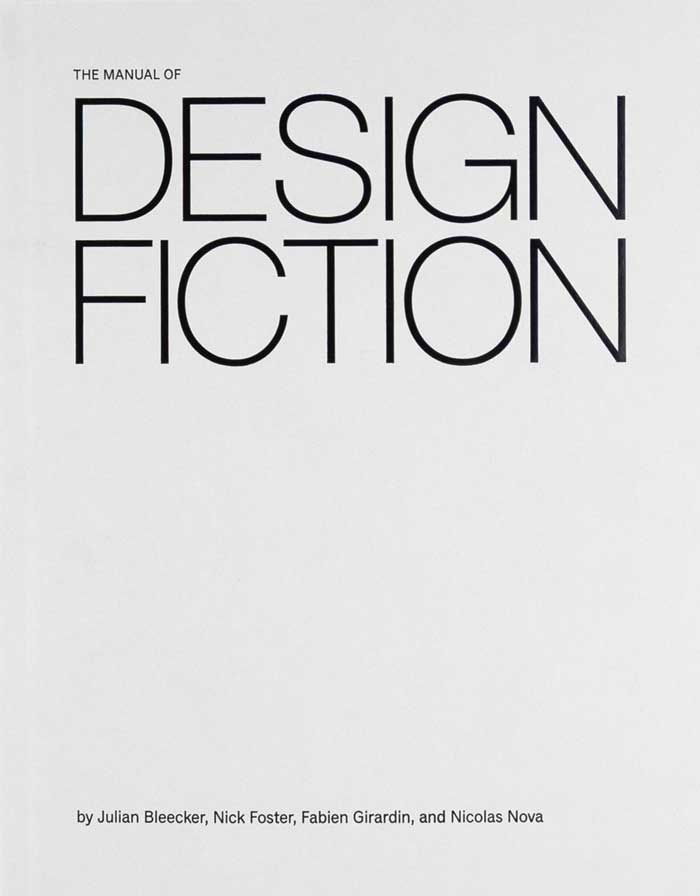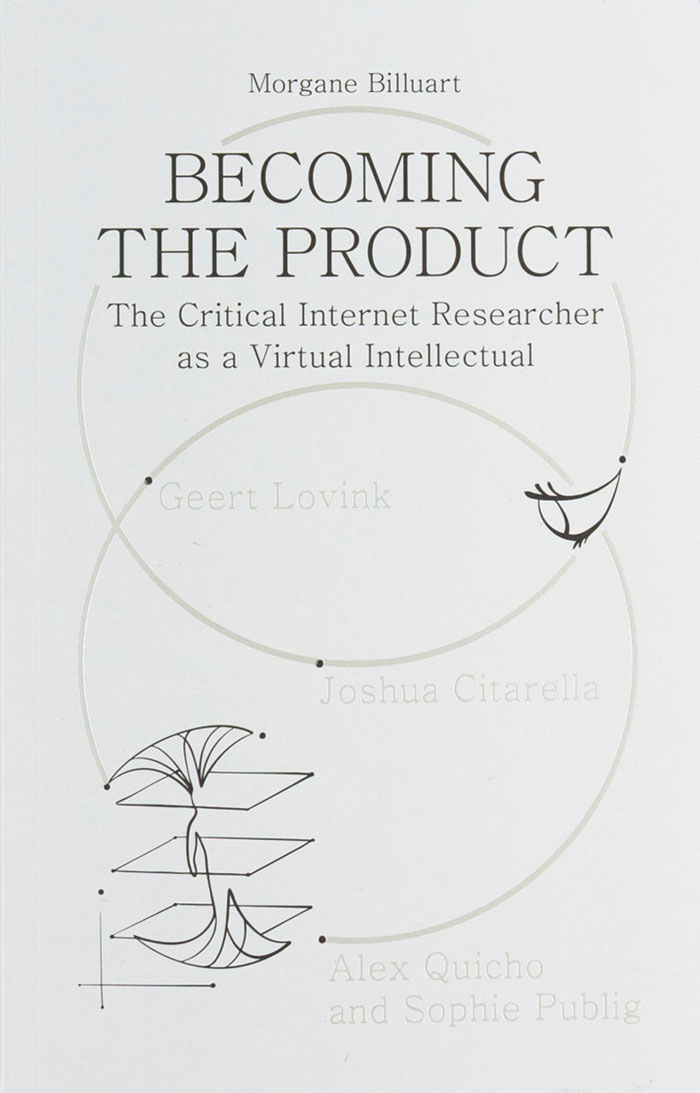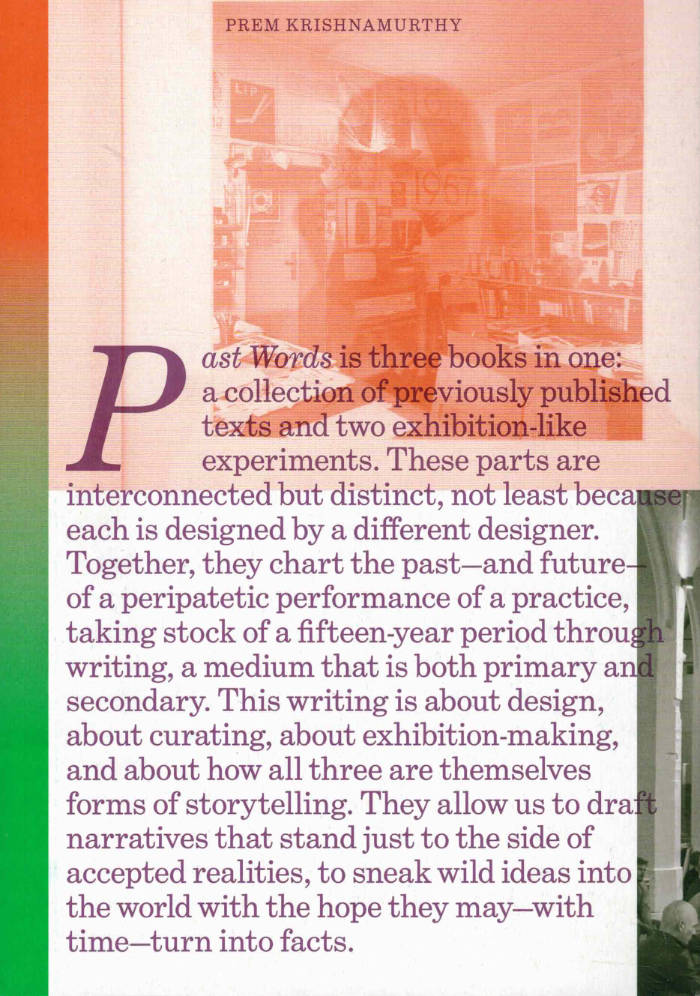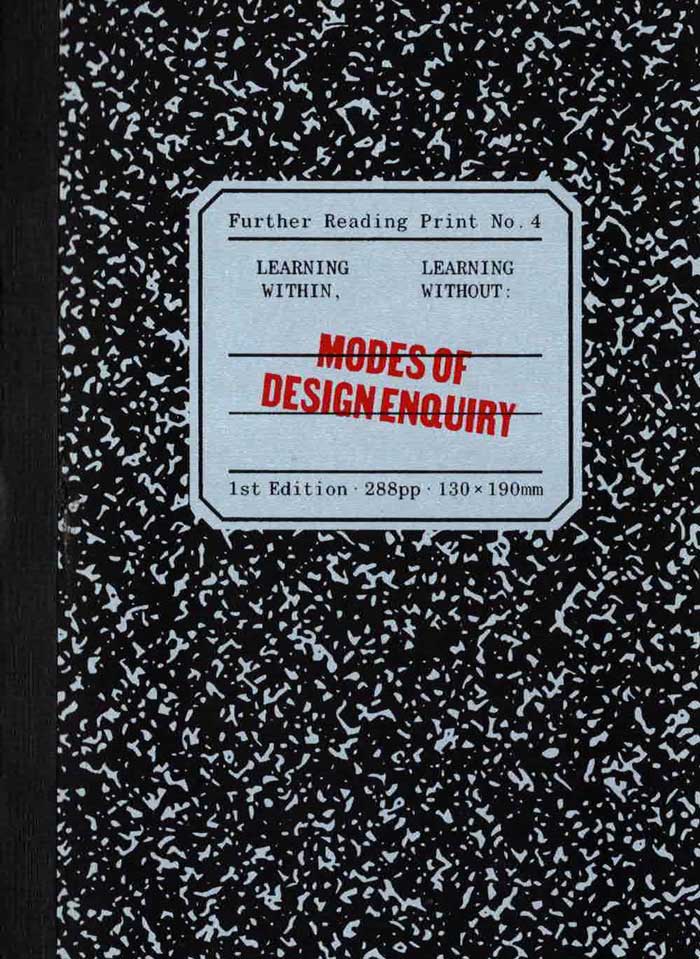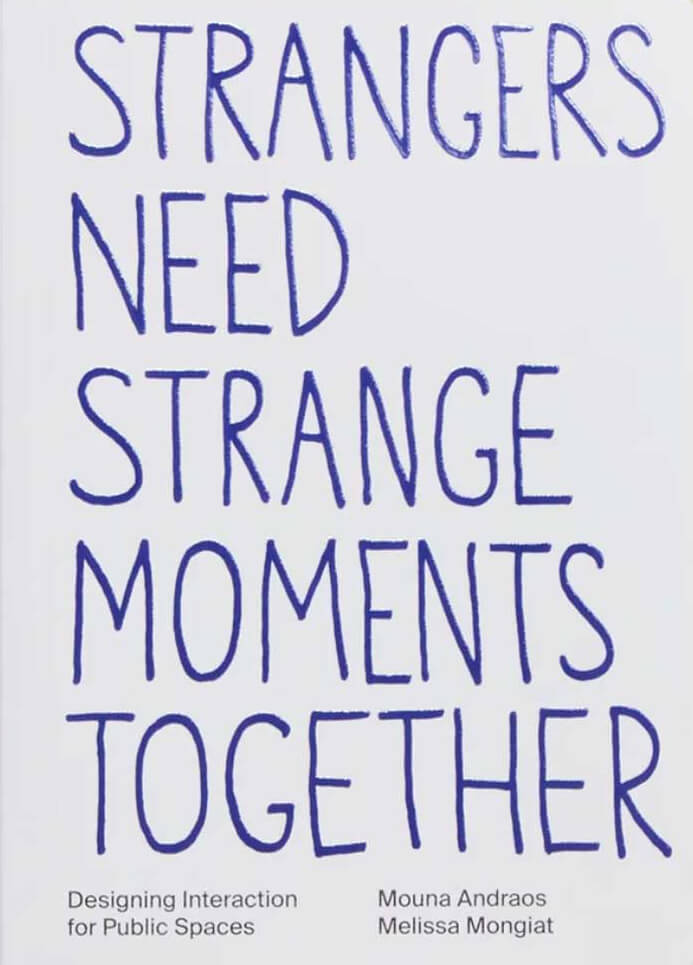
Strangers need strange moments together
Melissa Mongiat, Mouna Andraos
This book frequently uses the word ‘we’. We, as in the general public, engaged citizens, humans of planet Earth… And we, Mouna Andraos and Melissa Mongiat, together with our team at Daily tous les jours, as we seek new models for living together. Welcome to our journal.
We crave living in environments that support us, nourish us and inspire us. We dream of places to go through our lives together, inclusively and tolerantly. Can we re-enchant the raw material of our collective daily experiences? We have been creating interactive art and narrative experiences in public spaces around the world for fifteen years. Using music, dance, art, and other mediums to emphasize the joyful, whimsical, and unexpected, we create moments of connection and care between strangers.
Through this book, we share our experience in building an emergent practice combining technology, storytelling, performance, and design, while asking fundamental questions to create meaningful work in a world in crisis. Meet us outside the urban masterplan, where we experiment with infrastructure for the human spirit.

